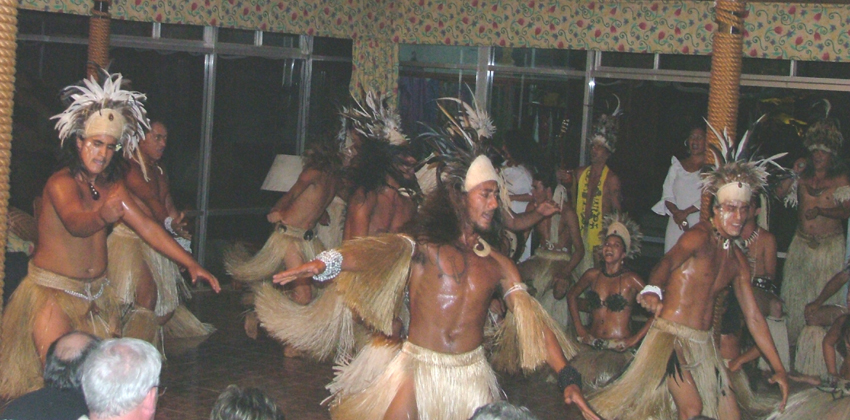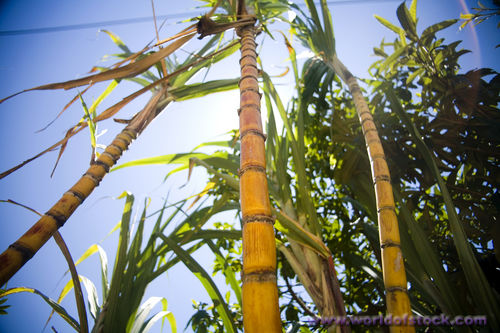|
|
16
centuries ago (400 A.D.), central Polynesian explorers traveled East by
boat in search of new land, to then settle on undiscovered Easter
Island. They used celestial navigation in their
travels.
The explorers also observed flight paths of birds, changes in the wind,
wave and cloud patterns, and plants floating in the water.
The
Polynesians brought many new thing to Easter Island, such as: sugar
cane, bananas, yams, and taro root. They also brought
chickens,
dogs, and rats. The first group of settlers was led by the
Polynesian king, Hotu Matu’a, who brought his large
family.
They then dispersed among the island, eventually forming eight groups,
each with its own name and territory. Then, sometime after
they
were settled, another group arrived. The new group, all men,
were
more large and heavyset than the original settlers. They also
practiced the custom of enlarging their earlobes. In many
translations of the story, the newcomers were referred to as the Long
Ears, as opposed to the Short Ears, or original settlers, even though
Rapa Nui words describing the new arrivals, Hanau Eepe, may actually
mean “heavyset people”.


 <taro root <taro root
 sugar cane sugar cane |


 <taro root
<taro root
 sugar cane
sugar cane